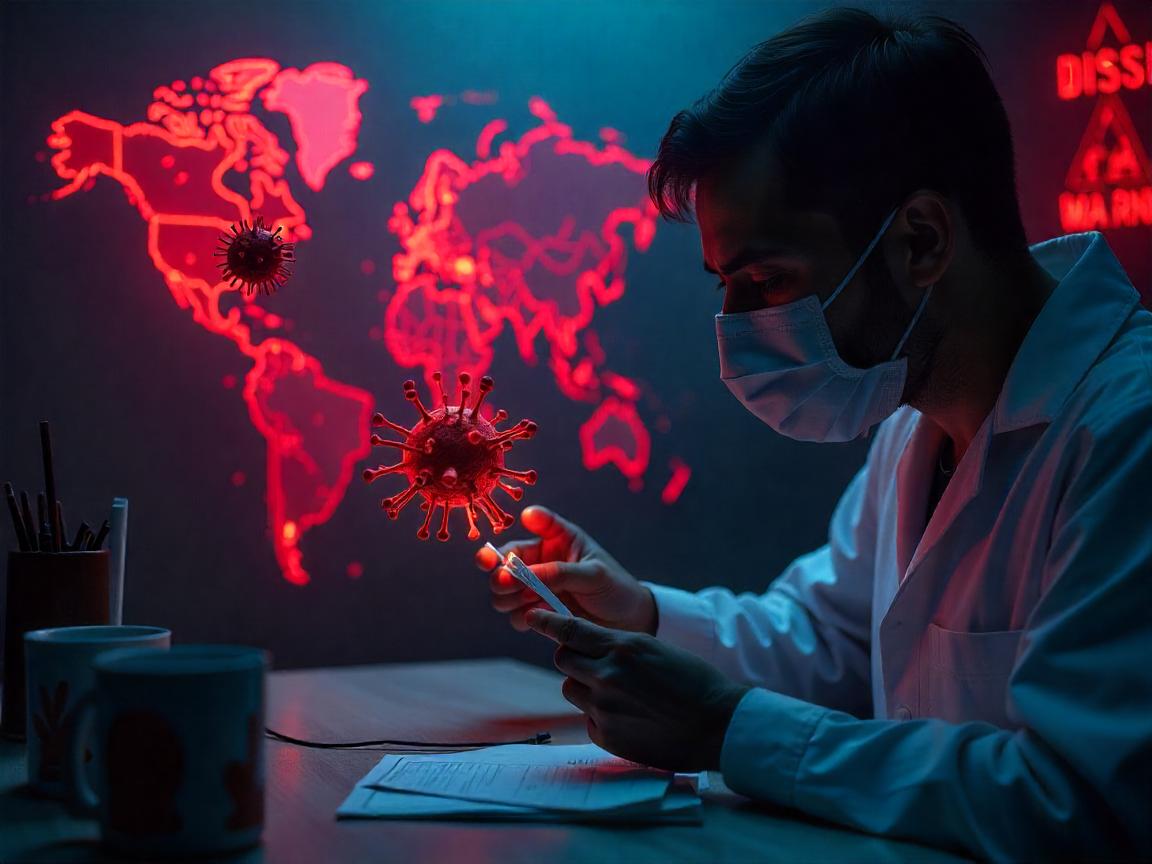
The Texas Dairy Worker Case: A Wake-Up Call?
A worker in a dairy farm in Texas developed the H5N1 bird flu in April, 2024, making the second human case in the U.S. in history. What’s alarming? This strain previously limited to poultry has now jumped to cows, seals and even the cats in households. The WHO has been waving a red flag at the threat of a hypothetical pathogen threatening a pandemic known as Disease X. But what happens when Disease X is not a hypothetical at all? Or what would happen in case it was already on the ground, silently evolving in farm animals and game?
The CDC assured us that the Texas strain was mild (conjunctivitis, no fever), however, it is here is the rub, H5N1 has a human mortality rate of 52 percent. To date, the cases of human transmission are limited, and, indeed, viruses change. Dr. Jeremy Farrar (WHO Chief Scientist) recently said: H5N1 is an influenza virus, which we have followed over the past 20 years. In case it evolves to be transmitted effectively among humans, there may be a much-worse pandemic than COVID.”
How H5N1 Went Global—And Why That’s Terrifying
This highly pathogenic avian influenza (HPAI) H5N1 has killed millions of birds and destroyed poultry farms across the globe despite the efforts that have been made to eliminate it since 2021. But in 2023 something has changed. Extinction arrive at unprecedented speed such as the virus infecting mammals viz-a-viz the foxes in the UK, sea lions in Peru to now dairy cows spreading to 12 U.S. states.
In a few mammalian cases, PB2 E627K mutation permit greater efficiency in the replication of the virus on human cells. Such cases of human infection are sporadic but since animals are the ones affected by its sheer spread, this raises the possibility of a deadly mutation. Think about this: in a few months, Peru has lost more than 17,000 sea lions most of whom were found to be positive against H5N1. Should the virus have the capability of slicing through the marine mammals, how about humans?
WHO’s Disease X Simulations: Why Bird Flu Tops the List
The concept of WHO of the Disease X is not simply a sci-fi trick; it is a factual preparedness plan in regards to the unknown pathogens. Recent work, such as 2023 Johns Hopkins pandemic game tested a H5N1 pandemic involving human-to-human transmission. The results? The virus was very deadly leading to collapse of healthcare systems in a span of weeks.
The most essential gaps in Preparedness:
- Delay in vaccines: The current vaccines against H5N1 are strain specific, and would require 6 + months to produce in large quantities.
- Antiviral deficiencies: Tamiflu reserves are in existence yet it is not sufficient to counter a rapid-moving flu pandemic.
- Issues of failures in wildlife surveillance: Most of the countries do not have real-time monitoring of zoonotic jumps.
Dr. Angela Rasmussen (Virologist, Univ. of Saskatchewan) notes that: “It is viral Russian roulette. With each fresh mammal falling victim to a H5N1 infection, the chances of homo adaptation increases.”
The Way Forward: Can We Stop the Next Pandemic?
So the good news is that? We do not have to be the victims. mRNA variants of bird flu vaccines mRNA bird flu vaccines already in the test phase Founded in 2014, Chamberlain grew to be a multi-million dollar U.S.-based enterprise. Again though, even as the public and scientists caught up, steady investments were made by the company. Research into universal flu vaccine is also underway; the vaccine is aimed to protect against a variety of strains by covering conserved areas of the virus.
However, the vaccines are not enough. Improved wild animal surveillance, enhanced safety at agriculture fields and international information exchange are essential. Do you recall the beginning of COVID? The secrecy involved in the first part by China wasted valuable time to the world. We do not afford the same mistakes with H5N1.
Final Thought: Will We Act Before It’s Too Late?
As history tells us, the pandemic does not laze around until humanity is ready. COVID was a rehearsal- H5N1 may be the actual crisis. It is not whether there will be another pandemic but when. And at this moment, the alarm lights are burning red.
What is there to be done? Insist on harder pandemic preparation politics. Fund research on zoonotic disease. And least of all–fail to take the signals. Since next time the virus might not provide us with second opportunities.